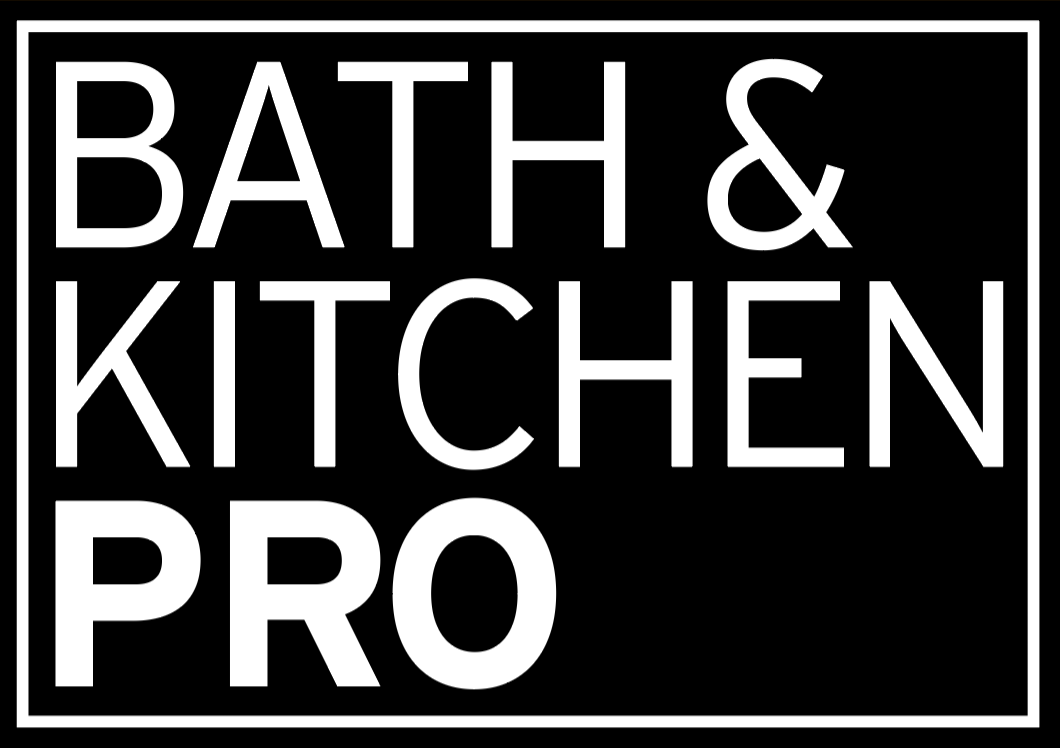commercial
Commercial bath and kitchen market outlook
Multifamily sector booms; institutional, healthcare, hospitality and remodel projects meet society needs.
By: Natalie Forster
With a recession and high interest rates still looming, along with an election year on the horizon, the name of the game when it comes to forecasting the commercial construction market is focusing on specific sectors and their microeconomic factors. Many experts anticipate projects such as retail and office to cool, while multifamily, warehousing and commercial remodeling will thrive.
According to the National Kitchen & Bath Association's latest Construction Spending Report, manufacturing buildings showed the largest gains in nonresidential construction spend, jumping 104.6 percent to $189 billion in April when compared to one year ago. The second largest spending increase lies in the lodging building sector — hotels and hospitality — which rose 41.6% from 2022 to $23 billion.
While there are mixed reviews on which commercial sectors will be hot and which will be cool throughout the rest of 2023 and into 2024, many bath and kitchen professionals report seeing a good amount of activity in the multifamily market and the commercial remodel market, but there are uncertainties to watch.
Although multifamily permits are down in some areas of the country, many manufacturers are focusing on multifamily new construction and remodels as the residential new construction market is down.
Multifamily market
According to Jenni Steele, vice president of marketing at Niagara Conservation, the multifamily and commercial markets are ever-changing. “From the data we collect, the multifamily and commercial construction market seems to be an interesting market that is ever-changing,” she says. “There were a few stall outs at the beginning of the year as interest rates and loans for new construction were increased but supply is still less than demand and it’s creating opportunity for new construction to continue.”
Amy Zucchi-Justice, director of marketing for Matco-Norca, says multifamily was trending upward in early 2023, but a decline is likely.
“Multifamily has been trending up for a while, but I believe it will come in flat to slightly down for the year,” she says. “Permits are tracking down 1% through March and I see nothing on the horizon that’s likely to push the current trend in a positive direction.”
Despite multifamily permits trending down, when compared to the tight residential market, many manufacturers are choosing to focus efforts on multifamily and commercial projects. “Based on the conditions in the real estate market right now, we see increased focus on multifamily residential building,” says Katie Hayes, director of product management, fittings, for Gerber Plumbing Fixtures.
Steele adds that Niagara is seeing massive new construction plans in the build-to-rent sector, along with increased demand for renovations in the commercial market.
“Renovations continue to be a huge portion of the market as aging communities are forced to keep up with the water and energy regulations being put into place. Rising costs of water and electricity are creating a need to save as much as possible on both the tenants and owners,” she explains. “State by state, regulations are being put in place to save natural resources. Rebate programs and lowering usage allowances are the key trends to encourage sustainability in commercial construction.”
Zucchi-Justice agrees, noting that she expects “modest gain” in the remodeling sector, specifically in assisted living facilities.
Apartments of today look very different than even just a few years ago. With more people renting long term, consumers want more finish and fixture options that are on trend.
Product trends & customer wants
In both new commercial construction and renovations, sustainable products in contemporary finishes are in high demand.
“Sustainable products with high performance ratings are at the top of everyone’s list. Regulations and pressure to use more with less are creating a need for products that are high quality and high-performance,” Steele says. “In turn, the specifiers are also on a budget and need to get the best performance for their projects without breaking the bank. It is important for us as a manufacturer to provide solutions that qualify for LEED certifications and green lending, perform better than the competition, and don’t break the bank.”
Zucchi-Justice adds that product trends in the commercial sector are far different than they were just four or five years ago. “We continue to see a big push for contemporary products with premium finishes going into the multifamily space. The apartments of today look very different than even five years ago,” she says. “We’re also seeing continued improvements in technology and floor plans, which were accelerated by the arrival of the pandemic. Technology also automates day-to-day processes; there is demand for smart water management solutions to detect leaks and automate water shut off valves.”
Steele defines the current top three product trends in the commercial bath and kitchen market as: Sustainable product, ADA-compliant product and product in a multitude of finish options.
“With many aging in place, increased senior living facilities being built, and more and more people renting instead of buying, attractive ADA-compliant products are important,” she explains. “And in the rental housing sector, so many people are renting for longer periods of time, so renters care what their home looks like and if it is on trend, making personalization and finishing options more important than ever.”
economic uncertainty
Kevin McJoynt, director of product management, fixtures at Gerber Plumbing Fixtures, says hands-down the most important economic factor to keep an eye on is interest rates. “Like residential construction, the main economic factor for commercial products is interest rates. If the Federal Reserve System ceases rate hikes for the near term, we expect to see steady business in commercial project work through 2023,” he says. “Because commercial projects often have long building cycles, any slowdown in project financing will likely be felt in 2024 or 2025.”
Similar to high interest rates, consumers today are dealing with fear associated with inflation and a potential recession.
“The top challenge facing my business today is economic uncertainty,” Zucchi-Justice says. “Inflation and recession fears are fueling uncertainty. Fortunately, I believe Matco-Norca is well positioned for anything that comes our way. We’ve seen a lot of challenging times over our 70 + years in business. Our inventories are deep by design and that bodes well for us if our customers decide to start shedding inventory.”
Steele adds two more ongoing concerns that will inevitably affect the commercial construction sector. “Over the last few years, there has been a huge increase in material expenses but a shortage of tradesmen in the labor workforce,” she says. “Projects being put on hold has caused a bit of a challenge for construction companies. We are working to help by continuing to stay flexible on plans, ensuring we have a very short lead time on product availability, and being in constant communication with our customers as they try to navigate the waters of our current economy.”
These pros agree it is extremely difficult to forecast what 2024 will look like, especially as it is an election year, but McJoynt summarizes the commercial sector’s health well.
“Due to the extended time to complete commercial projects, commercial tends to be a lagging indicator of economic health. Assuming the U.S. economy remains reasonably strong, and any recession is minor, we expect the commercial sector to remain steady, if not strong heading into the near future.”
ABOUT THE AUTHOR
Natalie Forster is chief editor for Supply House Times.
Photos and videos courtesy of Sloan and Matco-Norca





